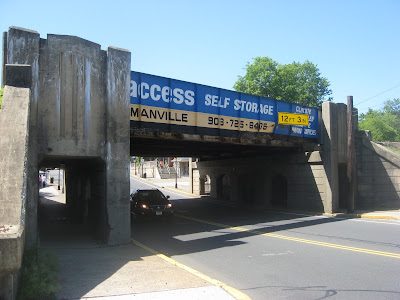When I meet a beautiful girl, the first thing I say is ‘will you marry me?’. The second thing I say is, ‘how do you do?’” — Tommy Manville

The absurdities of Manville continue to come to light the deeper I dig. Nothing in this town is as it seems, and to use another cliché, truth is stranger than fiction. C.B. Manville, one half of the powerful coalition that joined to form Johns-Manville had a son, Tommy Manville. In C.B. Manville’s will, he specified that upon his wedding, Tommy should receive one million dollars. C.B. Manville, however, did not specify
enough as Tommy took advantage of a loophole, or perhaps simply an opportunity, and was married on 13 separate occasions to 11 different women. Following each marriage would be a hefty sum of one million dollars, as decreed by law. This earned Tommy Manville the moniker of Marrying Manville and a spot in the Guiness Book of World Records. His unusual actions and wild antics made him a well known Manhattan socialite, with a taste for partying and attractive women.

Tommy Manville's sitting room. Across his bookcases are the portraits of each of his eleven wives.
The Marrying Manville legend only seeks to add another level of irony to tale of Manville. Tommy Manville was a larger than life character who lived a truly hedonistic life. But his wealth, which he never worked for, was obtained through the success of his father's company, which worked to exploit the people of Manville. Some evidence suggest that since the 1930's the Johns-Manville Company was aware of the potentially harmful affects asbestos had on humans who worked within the near vicinity of the product. The Plant kept this information hidden and continued to profit. Tommy Manville's lifestyle was fueled at the expense of poor Eastern European immigrants. Tommy Manville -- alarmingly weathly and absolutely careless -- is by definition an interesting person.

The people of Manville are also interesting people -- they live in a town haunted by a demolished factory, boast a Main Street composed of a bizarre medley of fine restaurants and sham dentists and doctors, a high rate of birth defects still linked to the asbestos pollution of a bygone era. It is the cycle of life that connects these two -- the affulent hand which holds down the many poor. Forever unto eternity Manville spills onwards...













